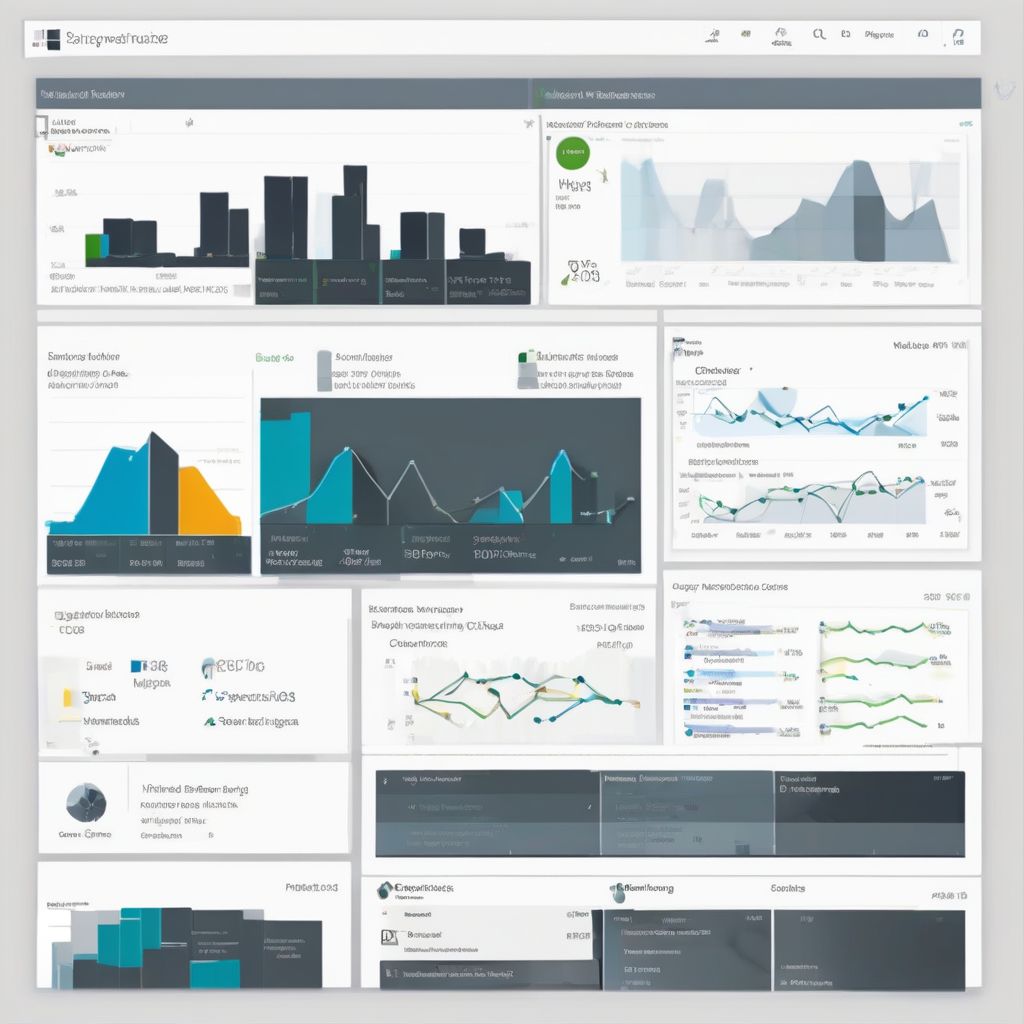In today’s competitive business landscape, efficiently managing customer relationships is paramount to success. A Customer Relationship Management (CRM) system provides a centralized hub for all your customer data, streamlining interactions and boosting sales. While numerous off-the-shelf CRM solutions exist, some businesses may benefit from creating a custom system tailored to their specific needs.
Understanding the Importance of a CRM
Before diving into the intricacies of building your own CRM, it’s crucial to understand its significance. Imagine a system that consolidates all your customer information, from contact details and communication history to purchase records and support interactions. This unified view enables you to:
- Enhance customer relationships: Personalized interactions, timely follow-ups, and targeted communication foster stronger bonds.
- Increase sales and revenue: By understanding customer behavior and preferences, you can tailor your offerings and marketing campaigns for better conversion rates.
- Improve customer retention: Proactively addressing customer concerns and nurturing existing relationships increases loyalty and reduces churn.
- Streamline business processes: Automating tasks like contact management, email marketing, and sales pipeline management frees up valuable time and resources.
Key Considerations for Creating Your Own CRM
Developing a custom CRM requires careful planning and execution. Here’s a step-by-step breakdown to guide you through the process:
1. Define Your Objectives and Requirements
Clearly outline your business goals for implementing a CRM. Identify the specific pain points you want to address and the functionalities that are crucial for your operations.
2. Choose the Right Development Approach
You can opt for:
- Building from scratch: This offers maximum customization but requires significant technical expertise and resources.
- Utilizing open-source platforms: Platforms like SuiteCRM or SugarCRM provide a foundation you can customize to a certain extent.
- Employing low-code/no-code solutions: Tools like Zoho Creator or Appian allow users with limited coding knowledge to build basic CRMs.
3. Design Your Database Architecture
Structure your database to efficiently store and manage all your customer-related data. Consider factors like:
- Data points: Contact information, communication logs, purchase history, support tickets, etc.
- Relationships: Linking related data points, such as customers to orders or contacts to companies.
4. Develop Core Functionalities
Start with essential features like:
- Contact management: Add, edit, and segment contacts based on various criteria.
- Communication tracking: Log emails, calls, and meetings for a comprehensive interaction history.
- Sales pipeline management: Track leads, opportunities, and deals through different stages.
5. Implement Automation and Integrations
Automate repetitive tasks like email campaigns and data entry. Integrate with other business tools like email marketing platforms, accounting software, or social media channels.
6. Ensure Data Security and Privacy
Implement robust security measures to protect sensitive customer data. Comply with relevant data privacy regulations like GDPR or CCPA.
7. Test, Deploy, and Iterate
Thoroughly test your CRM system before deployment. Gather feedback from users and continuously refine the system based on real-world usage.
FAQs About Creating a CRM
Q: Is it cost-effective to build a CRM from scratch?
A: While building from scratch offers maximum customization, it can be expensive and time-consuming, requiring substantial technical expertise.
Q: What are some popular open-source CRM platforms?
A: SuiteCRM and SugarCRM are widely used open-source platforms offering flexibility and customization options.
Q: Can I create a CRM without any coding knowledge?
A: Yes, low-code/no-code platforms like Zoho Creator or Appian enable users to build basic CRM systems without extensive coding.
Conclusion
Building a CRM can be a game-changer for businesses seeking to optimize customer relationships and drive growth. Whether you opt for a custom build, leverage open-source platforms, or utilize low-code solutions, careful planning and a deep understanding of your business needs are essential for success. By following the steps outlined in this guide, you can create a powerful CRM system tailored to your unique requirements, empowering you to build stronger customer relationships and propel your business forward.



